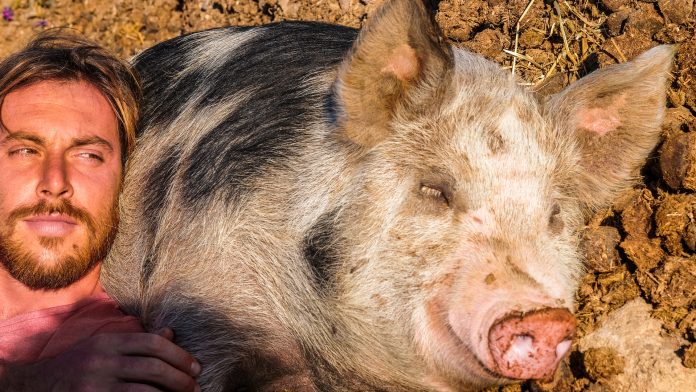The agrifood sector is aiming to take a leading role in the progression of the circular economy, starting with the manure.
One example of the agrifood sector promoting this circular economy is the livestock cooperative, Jisap, Spain, which uses slurry as an organic fertiliser, providing crops with water, micronutrients as well as macronutrients.
Jisap separate the solids from the slurry in order to obtain manure. The manure is then combined with biproducts from calf farms, this allows them to achieve ‘valuable’ manure for farming. The fluid part of the slurry is submitted to physical-chemical processes. The liquid slurry will later be passed through biological filters, where the water is extracted to be used as a fertiliser.
The water extracted from liquid slurry is applied in soils that are to produce cereals, oils and citrus. Using this method ensures that pig slurry is given a different use while also providing an organic fertiliser that can help the soil to recover and reduce greenhouse gas emissions produced by the faeces.
The Catalan Institute of Agrifood Research and Technology (IRTA) have greatly contributed to the European project called ‘Circular Agronomics’. This project aims to help with the recovery and recycling of nutrients through the agrifood chain, with the participation of centres for investigation and universities from ten different countries.
According to the IRTA: “Most European pig production is intensive, with a high density of animals in large stables.
“This results in high levels of pollution in the form of ammonia, methane and other volatile compounds, which pose a health risk to both animals and workers, and poor air quality also affects the surrounding populations.”
IRTA are currently working on implementing a project to valorise slurry and use it as a biofertiliser as well as biogas and a generator of clean energy. IRTA researchers have highlighted that the slurry will be treated in a factory in Lérida (Cataluña) with anaerobic digestion to obtain methane gas that could be used as energy.



